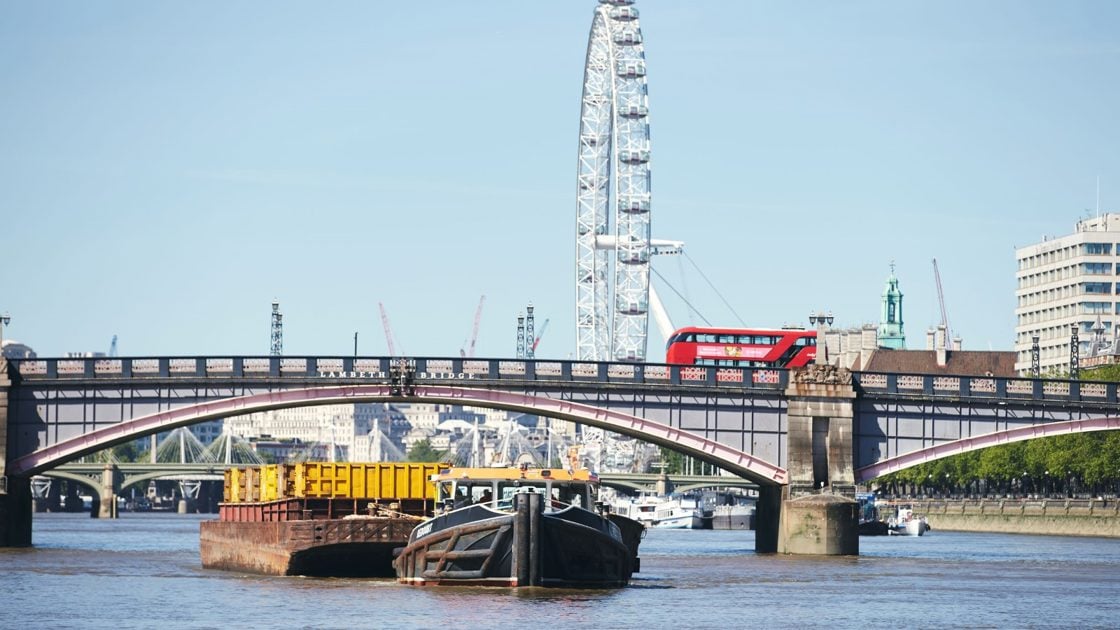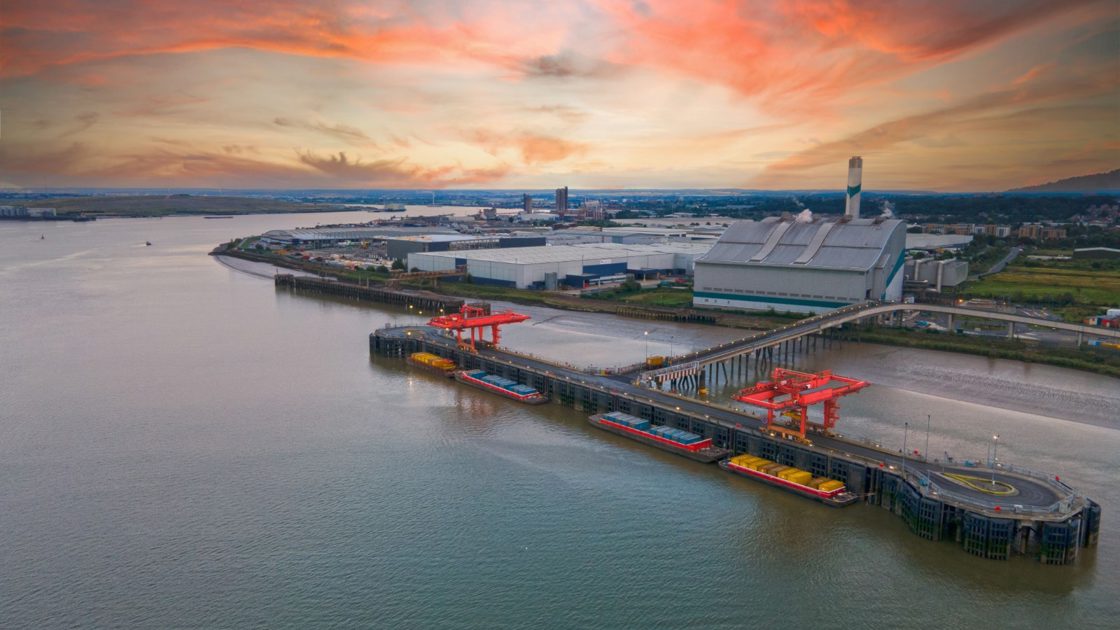CCS cooperation with UK waste disposal industry
News story | Date: 13/05/2022 | Office of the Prime Minister
CO2 emissions from London’s household rubbish will be captured and stored beneath the North Sea in the carbon storage facility of the Norwegian Longship CCS project. Cory, one of the UK’s leading waste management and recycling companies, will store 1.5 million tonnes of CO2 annually. This is the largest contract yet to be signed by Northern Lights, the CO2 transport and storage component of the Longship project.
The agreement was announced at a roundtable conference on the green transition in London attended by, among others, Prime Minister Jonas Gahr Støre and UK Secretary of State for Business, Energy and Industrial Strategy Kwasi Kwarteng.

‘Carbon capture and storage is the only realistic way to reduce CO2 emissions from industries such as cement production and waste management. Waste treatment and disposal currently accounts for roughly 5 % of global CO2 emissions. Energy recovery from waste combined with CO2 capture is vital in this context,’ said Prime Minister Jonas Gahr Støre.
Cory plans to capture 1.5 million tonnes of CO2 from its London waste incineration plants annually by 2030 and intends to store it in the Longship reservoir, 2 600 m beneath the North Sea seabed.
‘The Government, together with the City of Oslo, has secured financing for the Klemetsrud project, which will capture 400 000 tonnes of CO2 annually. This has strengthened Norway’s leading role in CCS. I am pleased that the UK waste management industry is interested in using the Northern Lights storage facilities, and that Norway and the UK are continuing to further develop their constructive cooperation on carbon capture and storage,’ said Mr Støre.
Longship is Norway’s large-scale CCS project to capture, transport and store CO2. In Norway, CO2 will be captured from the Norcem cement factory in southeastern Norway and the Fortum Oslo Varme waste incineration facility in Oslo. The captured gas is then liquefied, transported to the coast and pumped via pipeline out to the Norwegian continental shelf, where it is securely stored under the seabed.

‘If CCS is to become an effective climate measure, more countries will have to initiate projects, and we must build a market that extends across national borders. We therefore welcome the decision by one of the UK’s largest waste management companies to use our North Sea reservoir. It confirms that Norwegian technology is competitive and can play a part in reducing emissions beyond Norway’s borders as well,’ said Mr Støre.
Cory will transport the liquefied CO2 on the River Thames and out to the North Sea pipeline terminal.